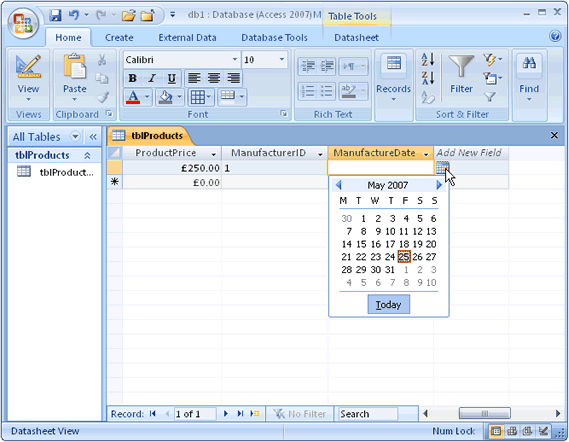
The OLE DB source can use an SQL statement to extract data. The OLE DB source has one regular output and one error output. When this kind of command is used, the OLE DB source cannot create the column metadata and, as a result, the data flow components that follow the OLE DB source in the data flow have no column data available and the execution of the data flow fails.

The IBM OLE DB DB2 provider and Microsoft OLE DB DB2 provider do not support using an SQL command that calls a stored procedure.

The Microsoft OLE DB provider for Oracle does not support the Oracle data types BLOB, CLOB, NCLOB, BFILE, OR UROWID, and the OLE DB source cannot extract data from tables that contain columns with these data types. For more information, see OLE DB Connection Manager.Īn Integration Services project also provides the data source object from which you can create an OLE DB connection manager, making data sources and data source views available to the OLE DB source.ĭepending on the OLE DB provider, some limitations apply to the OLE DB source: This source uses an OLE DB connection manager to connect to a data source, and the connection manager specifies the OLE DB provider to use. If you use a parameterized query, you can map variables to parameters to specify the values for individual parameters in the SQL statements. When you use an SQL statement to invoke a stored procedure that returns results from a temporary table, use the WITH RESULT SETS option to define metadata for the result set.


 0 kommentar(er)
0 kommentar(er)
